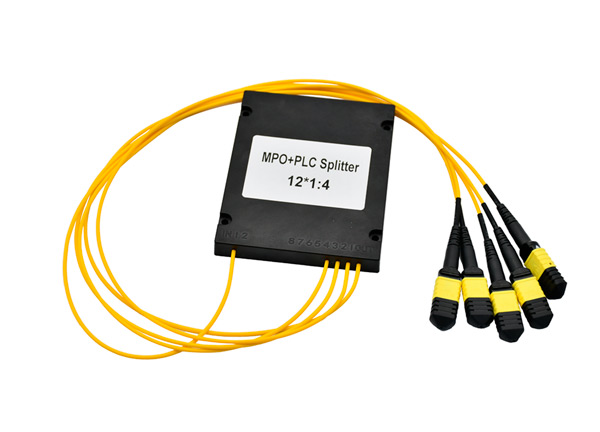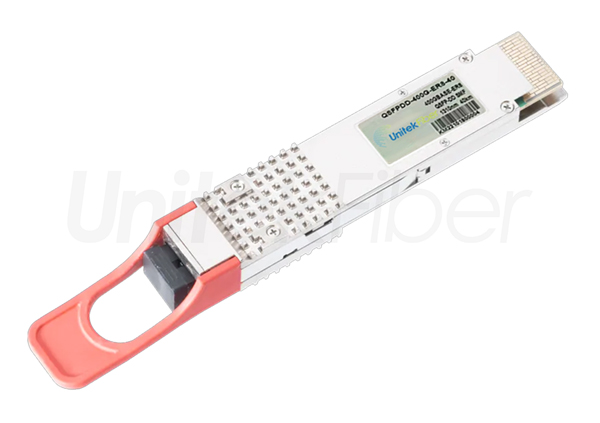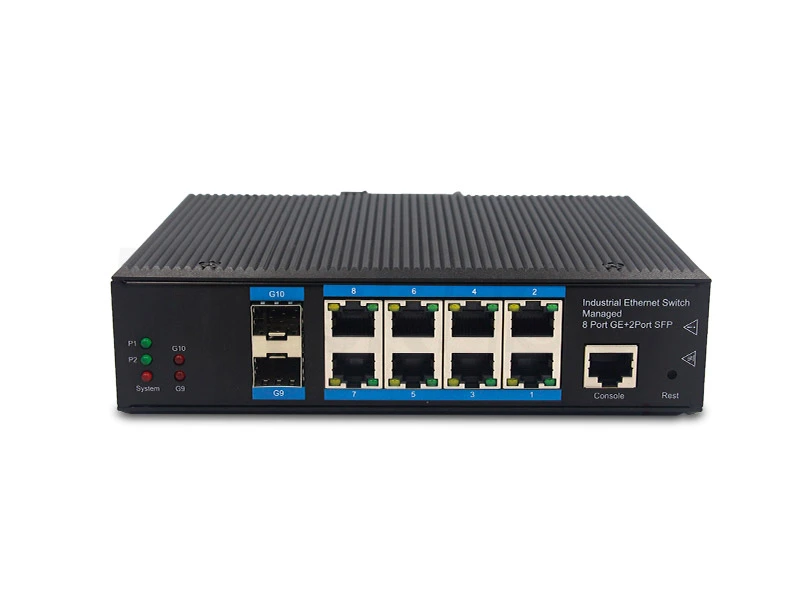
In recent years, optical fiber access market has shown a good momentum of development, and optical fiber access has become a hot spot in the field of optical communications. In optical fiber access projects, indoor wiring close to users is the most complicated link. The bending performance and tensile performance of conventional indoor fiber optical cable can no longer meet the requirements of FTTH (fiber to the home) indoor wiring. This article mainly introduces the structural characteristics of the FTTH drop cable and its derivative products, and its application in FTTH projects.
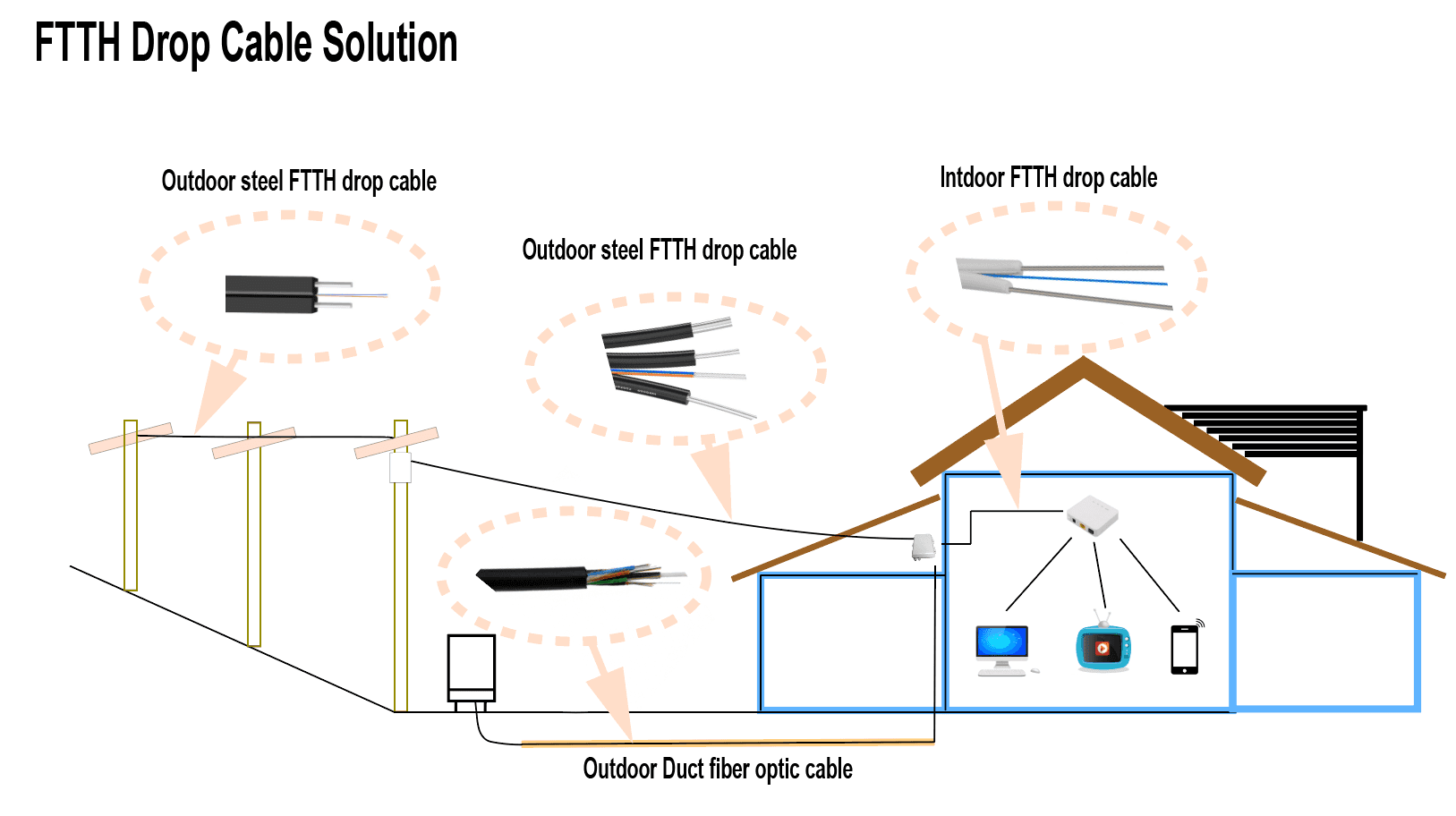
The Fiber Optical Cable Types Used in FTTH((Fiber to the Home)
FTTH (Fiber to the Home) is the final form of the development of fiber optical cable access networks. The fiber access network is divided into FTTH (fiber to the home), FTTB (fiber to the building), FTTP (fiber to the premises) and FTTC (fiber to the curb) based on the location of the optical network unit. Optical fiber access networks mainly use PON (Passive Optical Network) technology, which uses splitters to distribute optical signals and provide services to multiple users at the same time.
Fiber optical cables used in FTTH networks are classified into feeder fiber wires, distribution fiber optical cables, and household optical cables according to their positions in the network.
Among these types of optical cables, the FTTH drop cable is a more complicated link, and the traditional home drop cable has problems such as high price and low reliability. The new type of drop cable includes two types: steel wire drop cable and FRP drop cable. steel wire drop cables are more suitable for mobile occasions with higher protection requirements, and are generally used as active jumpers between wall mount fiber optic sockets and desktop optical user terminals. FRP drop cable is more suitable for fixed, tightly spaced wiring, and can be used for open wire or short-distance pipeline laying.
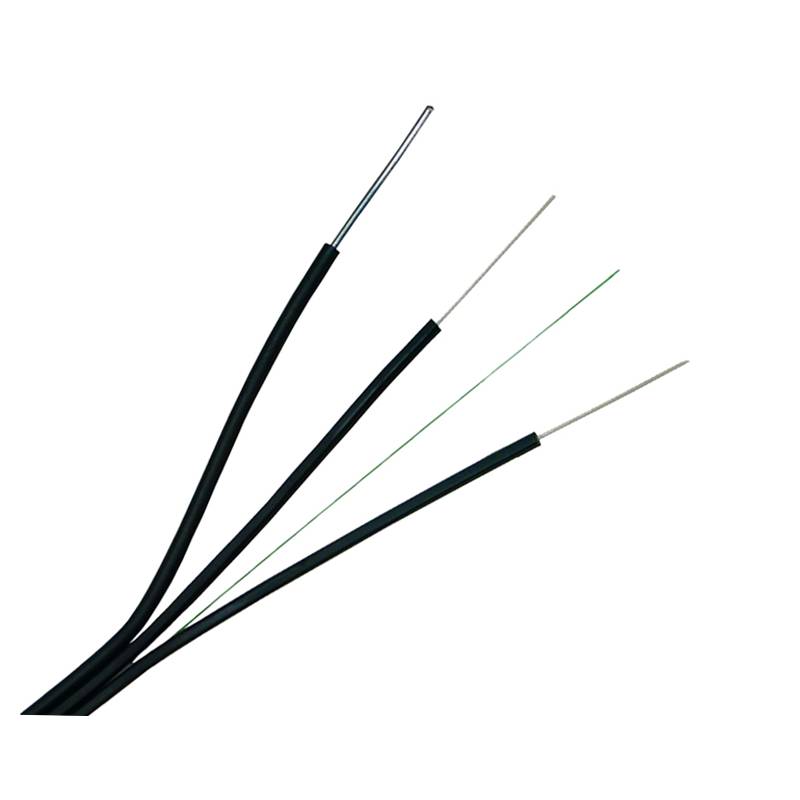
The Applications of FTTH(Fiber to The Home)
In the FTTH project, the user's indoor wiring is the most complicated link, and many factors are considered. It is necessary to ensure the safety of the circuit, while taking into account the beauty of the interior, as well as the convenience of construction. The traditional single-core indoor optical cable can no longer meet the requirements of the indoor wiring of the FTTH project at this stage. As a substitute for traditional indoor optical cables, FTTH drop cable can adapt to most indoor wiring conditions. For example, it can turn with a bending radius of 20mm, can bear the side pressure of people stepping on the fiber optical cable, and the pulling force caused by engineering construction. At the same time, with a variety of field connectors, field termination and docking can be realized in the shortest time. Therefore, drop cable is the best choice for FTTH indoor wiring.
The Vertical and Horizontal Fiber Cabling for FTTH Application
Like the indoor fiber cabling , the FTTH drop cable is also suitable for vertical and horizontal cabling in the building. Horizontal cabling is not very demanding for optical cables, but vertical cabling must require optical cables to have a certain degree of tensile performance. The FTTH drop cable can withstand a maximum tensile force of 200 Newtons for short-term and 100 Newtons for long-term, so it can ensure the safety and stable performance of the vertical cabling of the drop cable within a certain height range.
The Duct Fiber Cabling for FTTH Application
Since the duct fiber optical cable is harder and has higher tensile strength than the FTTH drop cable, and the optical cable contains water-blocking materials, which can reduce outdoor rain erosion, it is more suitable for long-distance outdoor pipeline laying. The fiber optic cable of the Pipeline uses a non-metallic structure, thus avoiding the entry of lightning into the room. After the fiber optic cable enters the house, the outer sheath, water blocking materials and reinforcements are stripped, and the inner loose tube fiber cable is directly used for indoor wiring.
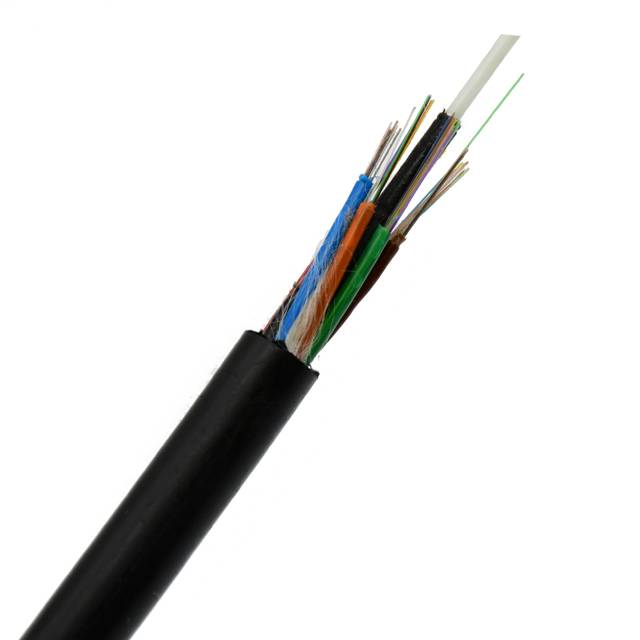
The Self-supporting drop Cable FTTH Cabling
Since the self-supporting steel wire FTTH drop cable has a metal suspension wire unit, it has stronger tensile performance and can withstand a span of 50 meters. The drop cable is laid in an overhead manner outdoors, the metal hanging steel wire unit is cut off before entering the house and fixed on the holder and connect with FRP indoor drop cable and access to the home.
Conclusion
The development of FTTH has brought optical fibers closer and closer to us. The drop cable is the closest part of the FTTH project to users. Its stable performance and easy installation have brought more and more families into the optical fiber era.

